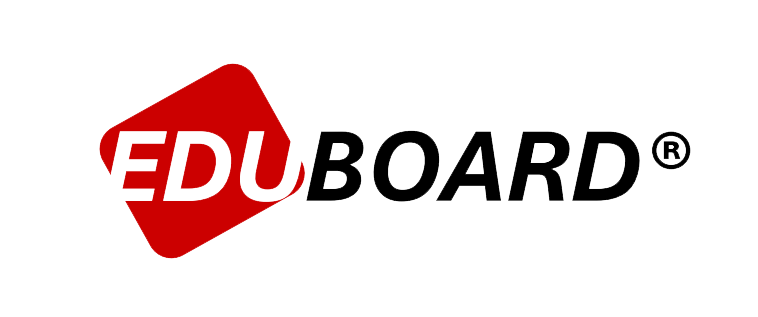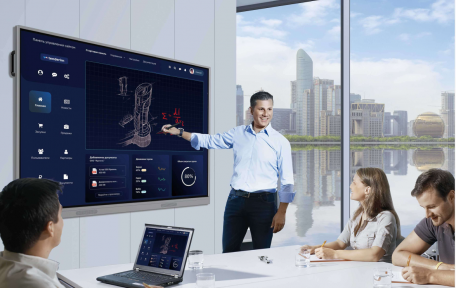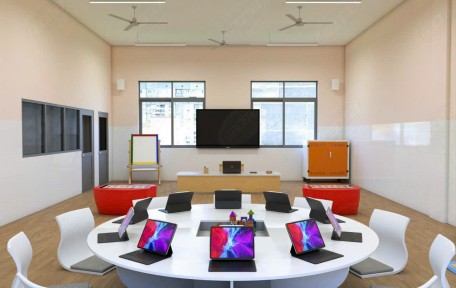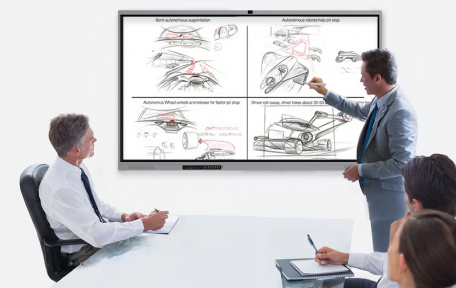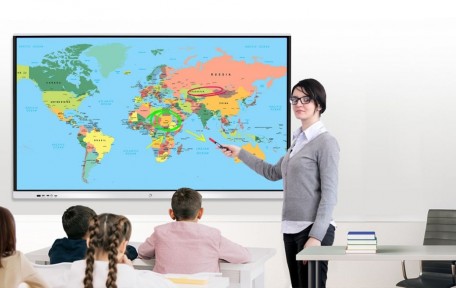AI Empowers Interactive Teaching: Making The Classroom Smarter And More Efficient
AI Empowers Interactive Teaching: Making The Classroom Smarter And More Efficient
How does AI reshape interactive teaching?
1.Personalized learning experience
·Intelligent recommendation system
AI recommends personalized learning resources and exercises by analyzing students' learning behavior and performance data. For example, in math classes, AI can push exercises of varying difficulty levels to different students to ensure "teaching students in accordance with their aptitude."
·Real-time learning feedback
AI tools (such as intelligent homework grading systems) can instantly analyze students' answers, generate learning reports, and help teachers quickly locate knowledge weaknesses.
·Big data support
AI can provide intelligent questions and answers through massive data resources, instantly respond to the questioner's questions, and make effective suggestions to help the questioner solve problems.
2.Immersive classroom interaction
·Virtual teaching assistants
AI-driven virtual teaching assistants can answer students' questions, organize classroom activities, and even simulate real-life scenarios to make learning more vivid and interesting.
·Speech and image recognition
Through AI speech recognition technology, students can interact with teaching tools through voice; image recognition technology supports real-time translation and digitization of handwritten notes to improve classroom efficiency.
·AI video generation
AI can automatically generate AI videos through text descriptions, play the knowledge in books in the form of videos, and bring students a new and more attractive multimedia teaching experience.
3.Data-driven teaching optimization
·Classroom behavior analysis
AI can analyze students' classroom participation (such as speaking frequency, attention span) to help teachers adjust teaching strategies.
·Teaching plan optimization
AI can generate corresponding teaching courseware according to teachers' needs, and can optimize the courseware to help teachers better transfer knowledge.
·Teaching effect prediction
Through AI algorithms, teachers can predict students' learning effects and intervene in students who may lag behind in advance.
The impact of AI on interactive teaching in different scenarios
1.AI+interactive whiteboard
The Riotouch smart whiteboard combines AI technology to support real-time voice-to-text, intelligent annotations and data analysis, allowing teachers to easily create efficient classrooms.
For example, in Chinese classes, AI can automatically recognize students' handwritten notes and generate electronic archives; in science classes, AI can simulate experimental processes to help students understand abstract concepts.
2.AI+remote teaching
During the epidemic, AI technology helped remote classrooms achieve "zero-distance interaction". For example, AI translation tools support multi-language real-time translation, allowing cross-border classrooms to communicate without barriers.
AI can also analyze students' classroom emotions through emotion recognition technology to help teachers adjust the teaching rhythm in time.
3.AI+gamified learning
AI-driven educational games (such as math levels and word spelling competitions) can stimulate students' interest in learning and allow knowledge to be naturally transmitted in interaction.
Future Prospects of AI Interactive Teaching
1.Smarter Teaching Tools
In the future, AI will be deeply integrated into teaching hardware (such as smart whiteboards and VR glasses) to create an immersive learning experience.
For example, students can "walk into" the ancient Roman battlefield through VR glasses, and AI will explain historical events in real time, making learning more intuitive.
2.More accurate educational decision-making
AI will help educational managers analyze teaching data, optimize curriculum settings and resource allocation, and promote educational equity.
For example, AI can predict the gap in educational resources in remote areas and allocate teachers and equipment in advance.
3.Wider application scenarios
From K12 education to vocational training, AI interactive teaching will cover more fields to meet the needs of different learners.
For example, AI can customize personalized training courses for corporate employees to improve professional skills.
AI makes education more warm
AI is not only a technological innovation, but also an upgrade of educational concepts. It frees teachers from heavy and repetitive work and devotes more energy to creative teaching and personalized tutoring. In the future, as AI technology continues to mature, interactive teaching will be more intelligent and efficient, allowing every student to enjoy high-quality educational resources.Explore AI interactive teaching tools now and start your journey to a smart classroom!
1.Personalized learning experience
·Intelligent recommendation system
AI recommends personalized learning resources and exercises by analyzing students' learning behavior and performance data. For example, in math classes, AI can push exercises of varying difficulty levels to different students to ensure "teaching students in accordance with their aptitude."
·Real-time learning feedback
AI tools (such as intelligent homework grading systems) can instantly analyze students' answers, generate learning reports, and help teachers quickly locate knowledge weaknesses.
·Big data support
AI can provide intelligent questions and answers through massive data resources, instantly respond to the questioner's questions, and make effective suggestions to help the questioner solve problems.
2.Immersive classroom interaction
·Virtual teaching assistants
AI-driven virtual teaching assistants can answer students' questions, organize classroom activities, and even simulate real-life scenarios to make learning more vivid and interesting.
·Speech and image recognition
Through AI speech recognition technology, students can interact with teaching tools through voice; image recognition technology supports real-time translation and digitization of handwritten notes to improve classroom efficiency.
·AI video generation
AI can automatically generate AI videos through text descriptions, play the knowledge in books in the form of videos, and bring students a new and more attractive multimedia teaching experience.
3.Data-driven teaching optimization
·Classroom behavior analysis
AI can analyze students' classroom participation (such as speaking frequency, attention span) to help teachers adjust teaching strategies.
·Teaching plan optimization
AI can generate corresponding teaching courseware according to teachers' needs, and can optimize the courseware to help teachers better transfer knowledge.
·Teaching effect prediction
Through AI algorithms, teachers can predict students' learning effects and intervene in students who may lag behind in advance.
The impact of AI on interactive teaching in different scenarios
1.AI+interactive whiteboard
The Riotouch smart whiteboard combines AI technology to support real-time voice-to-text, intelligent annotations and data analysis, allowing teachers to easily create efficient classrooms.
For example, in Chinese classes, AI can automatically recognize students' handwritten notes and generate electronic archives; in science classes, AI can simulate experimental processes to help students understand abstract concepts.
2.AI+remote teaching
During the epidemic, AI technology helped remote classrooms achieve "zero-distance interaction". For example, AI translation tools support multi-language real-time translation, allowing cross-border classrooms to communicate without barriers.
AI can also analyze students' classroom emotions through emotion recognition technology to help teachers adjust the teaching rhythm in time.
3.AI+gamified learning
AI-driven educational games (such as math levels and word spelling competitions) can stimulate students' interest in learning and allow knowledge to be naturally transmitted in interaction.
Future Prospects of AI Interactive Teaching
1.Smarter Teaching Tools
In the future, AI will be deeply integrated into teaching hardware (such as smart whiteboards and VR glasses) to create an immersive learning experience.
For example, students can "walk into" the ancient Roman battlefield through VR glasses, and AI will explain historical events in real time, making learning more intuitive.
2.More accurate educational decision-making
AI will help educational managers analyze teaching data, optimize curriculum settings and resource allocation, and promote educational equity.
For example, AI can predict the gap in educational resources in remote areas and allocate teachers and equipment in advance.
3.Wider application scenarios
From K12 education to vocational training, AI interactive teaching will cover more fields to meet the needs of different learners.
For example, AI can customize personalized training courses for corporate employees to improve professional skills.
AI makes education more warm
AI is not only a technological innovation, but also an upgrade of educational concepts. It frees teachers from heavy and repetitive work and devotes more energy to creative teaching and personalized tutoring. In the future, as AI technology continues to mature, interactive teaching will be more intelligent and efficient, allowing every student to enjoy high-quality educational resources.Explore AI interactive teaching tools now and start your journey to a smart classroom!
Recent Post
Related articles
